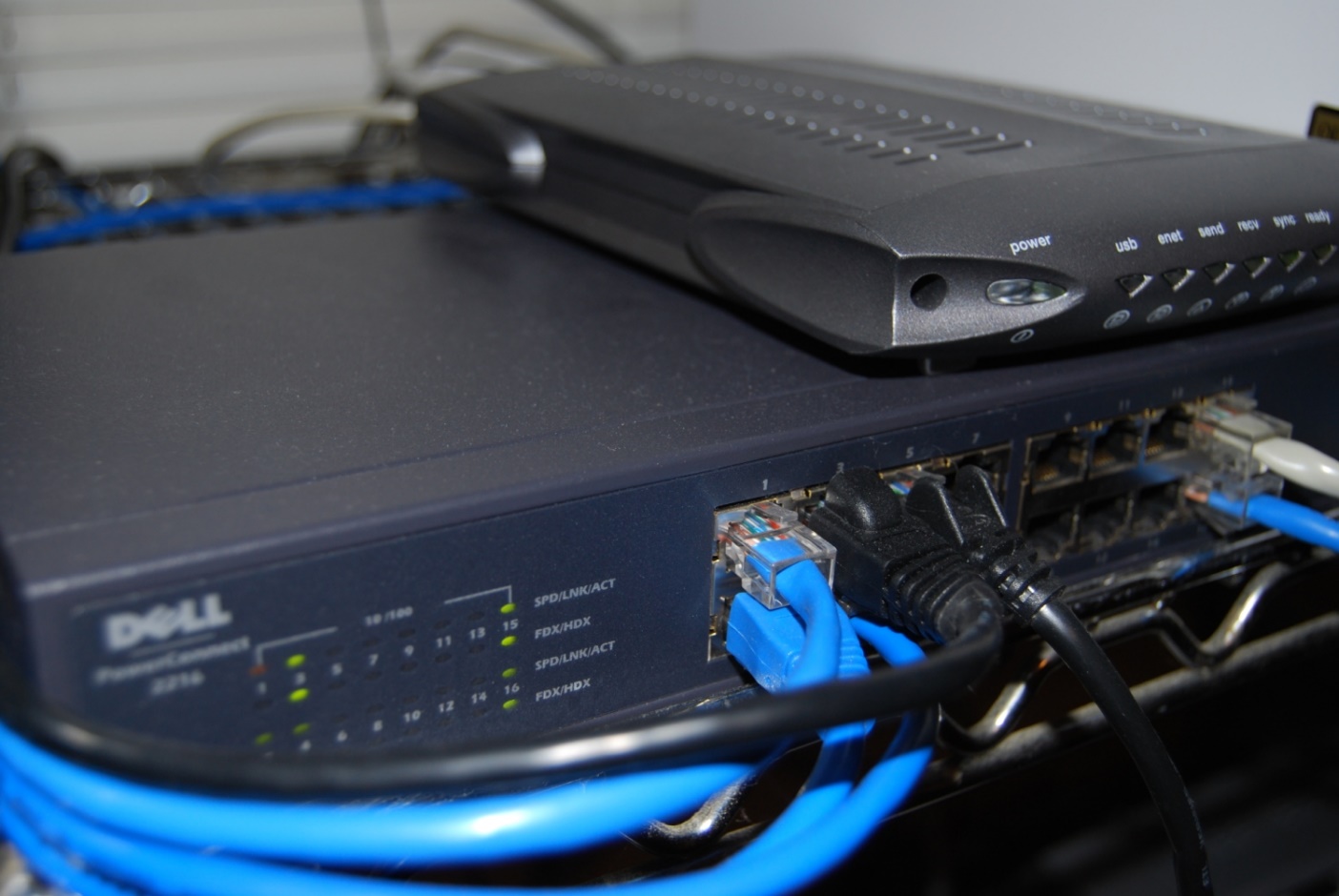Wales is a small country with over three million people. There are very few towns and cities, and much of the land is occupied by untamed hills and vast fields. Although it is a small nation, Wales has contributed some fairly remarkable ideas, technologies, and styles to the globe. Here is the list of eight technologies invented in Wales that you might be amazed to learn about:
Ball bearings

Source: https://www.flickr.com/photos/purplekey/920254578/sizes/o/
In 1794, the ironworker and inventor Philip Vaughan of Carmarthen patented the initial ball-bearing design. His invention put iron balls between a carriage’s wheel and axle, reducing friction and allowing the carriage wheels to revolve freely. All rotating machines and vehicles still use his 18th-century design in its entirety today.
The fuel cell

Source: https://www.flickr.com/photos/rocbolt/49514903836/sizes/o/
Thanks to Sir William Grove, everyone may be able to drive cars with hydrogen fuel cells in the future (1811-1896). The fuel cell, created in 1842 by a Swansea-born lawyer-turned-scientist, uses oxygen and hydrogen to generate electricity. Grove also demonstrated how electric current could be used to produce light while serving as a lecturer at the London Institution. Thomas Edison would later refine this idea with the invention of the light bulb.
The Microphone

Source: https://unsplash.com/photos/Zxdf_tN9eC8
Whether David Edward Hughes (1831–1900) was born in London or close to Corwen, North Wales is still debatable (though records show his father was a bootmaker from Bala in Gwynedd). What is certain, however, is that the scientist created the first microphone and functional radio communication system. This development prepared the way for the development of the telephone industry in the 20th century. The Hughes Medal, granted annually to innovative scientists by the Royal Society, bears his name.
Deep Space Photography

Source: https://unsplash.com/photos/WKcS19JBFVU
Isaac Roberts (1829–1904), a farmer’s son from Denbighshire, found a solution to the challenge of maintaining a camera’s aim while the earth is continuously revolving beneath us for extremely long exposures on dim celestial objects. He captured the first image of the spiral Andromeda Galaxy, which showed astronomers the galaxy’s real shape for the first time.
Radar System

Source: https://unsplash.com/photos/3YAIvBNlZM4
Edward “Taffy” Bowen (1911–1991), a pivotal player in the invention of radar, was the son of a Swansea steelworker. For the crew to detect not only other planes but also difficult-to-find targets like submarines for the first time, Bowen was part of the team entrusted with developing a radar system that could be mounted aboard aeroplanes. This innovation immensely benefited the allies throughout WWII. He became famous for radio astronomy after the war.
Packet switching

Source: https://live.staticflickr.com/2249/2038502257_a9909e42fe_o_d.jpg
An expert in computers born in Treorchy, Donald Davies (1924–2000), collaborated with Alan Turing on early British computers. Still, it was his 1965 discovery of “packet switching,” or the division of computer messages into units that can be sent across a network independently considered one of the fundamental ideas behind the internet.
Powered Flight
In 1896, Bill Frost, a carpenter from Saundersfoot in South Wales, was observed flying a plane he had built for 500 yards (457 metres). Two years after the Wright Brothers created aviation history, he received a patent for his invention but could not renew it due to financial hardship.
Hands-Free Door Pull
Wyn Griffiths came up with a remedy when his wife visited the hospital and learned there was a problem opening the door during the coronavirus outbreak. To prevent people from having to touch door handles after using hand sanitiser, Mr Griffiths designed a hands-free door pull. The device is among a number of inventions created by Welsh scientists, physicians, and designers to aid the pandemic.
Conclusion
To conclude, Welsh intellectuals, scientists, and engineers are credited with inventing everything from powered flight to ball bearings, helping to change the world for centuries. However, the hands-free door pull innovation is a fantastic contribution to global technology in the testing times of the Covid-19 pandemic. The aforementioned were some of Wales’ most notable inventions and innovations from the 16th century to the present.

Muhammad Asfandyar is a lawyer having extensive experience in creative content writing, proofreading, legal and academic research writing. He can be reached at asfandyar.edw@gmail.com
